July 4, 2021 9:42:23 am
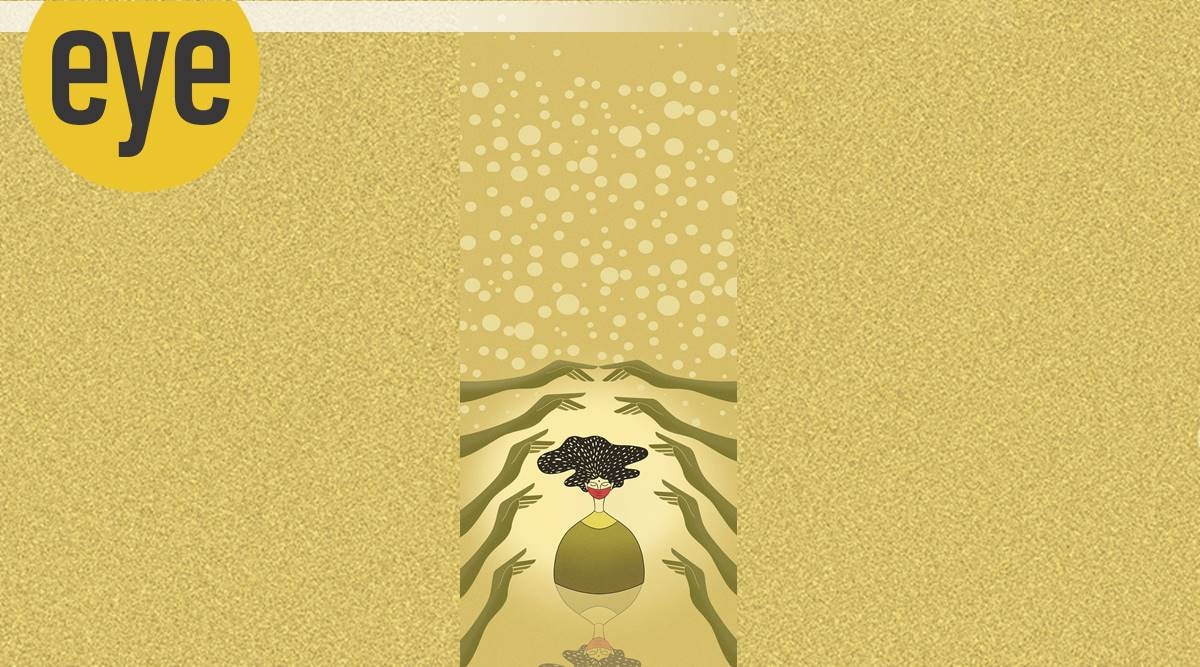 Illustration: Bivash Barua
Illustration: Bivash Barua How citizen volunteers went beyond the call of duty to fight the second wave and the toll it left on them
Divya Misra would make around 300 calls every day during the peak of the second wave in search of resources for COVID-19 patients. On a good week, she could help 10-15 people. Most of the time, though, there was chaos. “We were overwhelmed with panic calls as people were searching for resources. It hits you when you hear somebody has died but you move on to the next patient who needs support. It was not the time to be sad,” says Misra. She had decided to volunteer in April because she could not sit back and do nothing.
‘To be more free is what the future suggests’
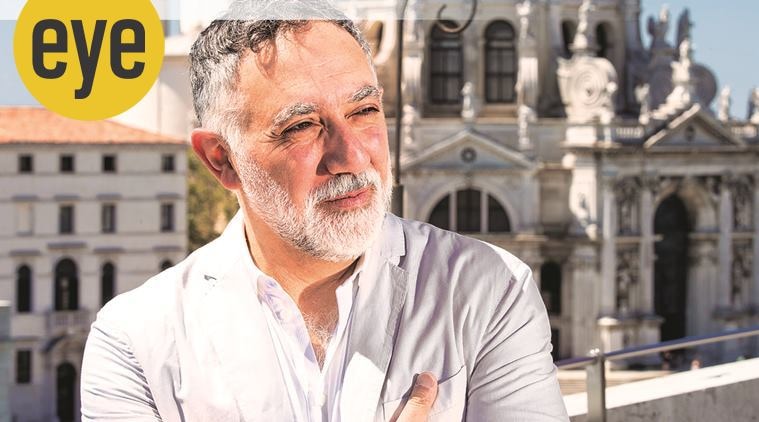 Lebanese architect Hashim Sarkis. (Photo: Jacopo Salvi/Courtesy: La Biennale di Venezia)
Lebanese architect Hashim Sarkis. (Photo: Jacopo Salvi/Courtesy: La Biennale di Venezia)
The 2021 Venice Architecture Biennale, on show till November, with 112 participants from 46 countries, is exhibiting on the theme: “How do we live together?” Its curator, Lebanon-born architect-scholar Hashim Sarkis, 56, dean of School of Architecture and Planning at Massachusetts Institute of Technology, the US, blends multiple perspectives on how humans connect with each other, at home, in a community, in a country, and on the planet. He speaks of shaking up social contracts and why he’s emotionally connected to India.
How salties and gharials are similar yet different
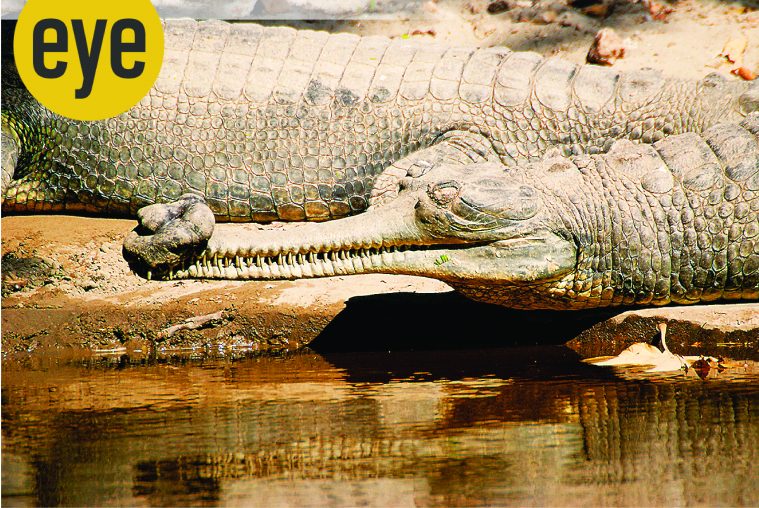 Marsh Mellow: A gharial’s 110 spiked-teeth bite is too weak to harm (Photo credit: Ranit Lal)
Marsh Mellow: A gharial’s 110 spiked-teeth bite is too weak to harm (Photo credit: Ranit Lal)
Salties aka saltwater or estuarine crocodiles are the biggest and baddest crocs in existence today. Super heavyweights, they may stretch to 23 ft (as apparently one specimen in Odisha did) and tip the scale at 2 tons. The ladies are much smaller and lighter. With a preference for salty and brackish water, salties are found all along the east and south coast of India and in inland brackish lagoons, mangrove swamps and estuaries. They have spread all the way across the islands of Southeast Asia to the coast of northern Australia. They’re considered to be the most ferocious of all crocs, some with a taste for human flesh.
‘Class has had a bigger effect on my life than race or my immigration status’
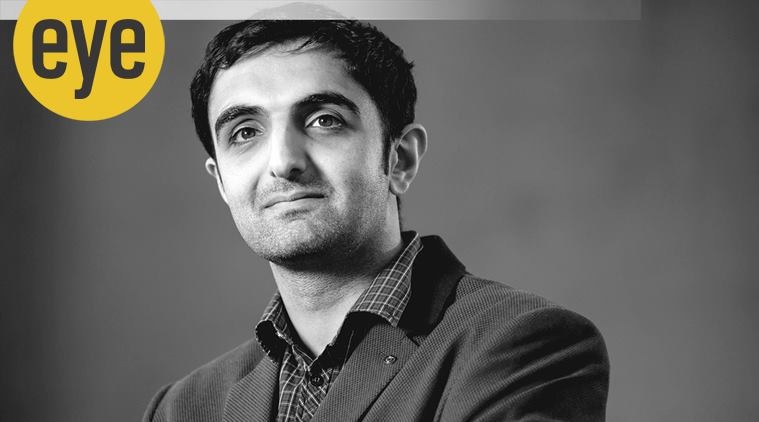 Speaking for themselves: The immigrant and the working class find their way into Sahota’s work.
Speaking for themselves: The immigrant and the working class find their way into Sahota’s work.
Like many of his generation, Sunjeev Sahota, 40, a second-generation immigrant of Sikh parentage, had always been aware of the invisible hierarchies that sequester the lives of the immigrant working class. When he found his way into writing, in each of his three books — Ours Are The Streets (2011), a confessional first-person account of a would-be suicide bomber, the Man Booker shortlisted The Year of The Runaways (2015), the story of four illegal immigrants in Sheffield, and now, China Room — it would be to explore these fractured identities.
How Yaksha, Yudhishthir and COVID-19 come together in Niall Ferguson’s new book
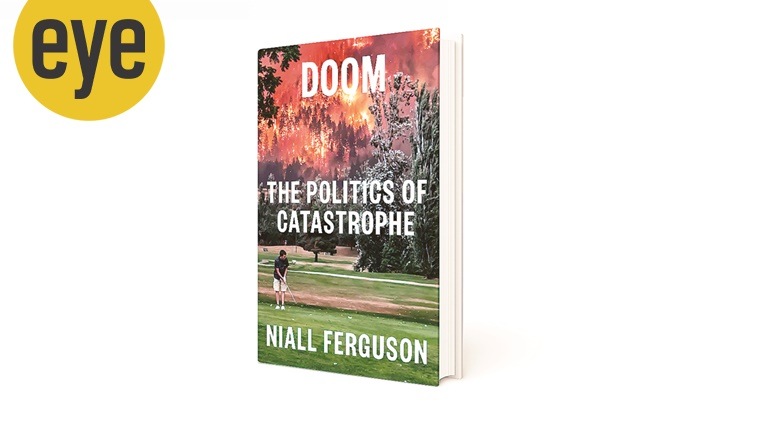 After more than a year of humanity’s tryst with mortal vulnerability in the form of the pandemic, ‘Doom’ does not sound like a distant prospect.
After more than a year of humanity’s tryst with mortal vulnerability in the form of the pandemic, ‘Doom’ does not sound like a distant prospect.
Doom: Politics of Catastrophe
By Niall Ferguson
Penguin, 496 pages
Humanity’s brush with mortality has always had a surreal touch. It finds an incomparable expression in the Yaksha-Yudhishthir dialogue in the Mahabharata. The divine spirit asks, “What is the surprise?” Yudhishthira responds, “Day after day countless creatures go to the abode of Yama (Death). Yet those that remain behind believe themselves to be immortal. What can be more surprising than this!”
‘I don’t believe in labels, but I’m happy to do my tiny bit for the community’: Benjamin Daimary
 Benjamin Daimary believes life is always what you make of it. At 10, he knew he was “different”.
Benjamin Daimary believes life is always what you make of it. At 10, he knew he was “different”.
When the news reached him on a languid March afternoon in Mumbai, 20-year-old Benjamin Daimary had just woken up.
“Award…but why?” Daimary wasn’t sure he had heard correctly. At the other end of the phone line was filmmaker Prakash Deka. “What do you mean why? For the film, what else?”
“No…oh my god…what, really?” Daimary said, instinctively turning to the internet to check whether it were true. And there it was — Special Mention: Benjamin Daimary, Jonaki Porua (Fireflies), 67th National Film Awards 2020.
How a new edition of a 1969 book attempts to wrest Jallianwala Bagh massacre from the annals of history
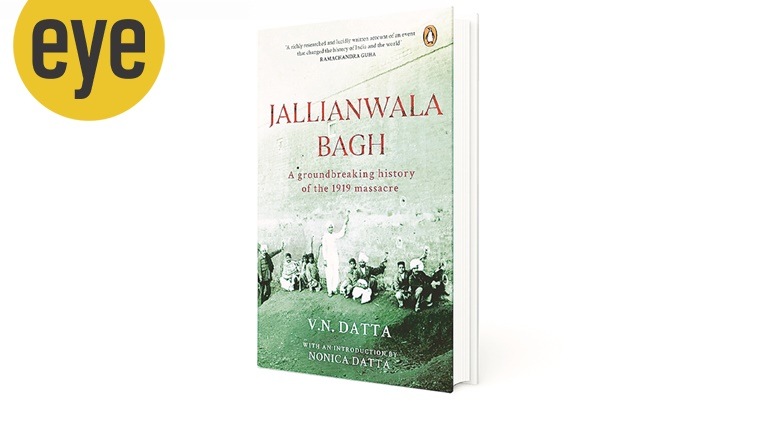 Jallianwala Bagh’s latest edition is here
Jallianwala Bagh’s latest edition is here
JALLIANWALA BAGH
By VN Datta and nonica Datta
Penguin
256 pages; Rs 399
Jallianwala Bagh was a pivotal incident in India’s freedom struggle. It marked the rupture with British rule in India, catapulted the freedom struggle to the centre of our national conscience, led to the emergence of Mahatma Gandhi as the uncompromising voice for freedom, and unleashed other forces, such as the radical politics of Udham Singh and Bhagat Singh.
‘My creative relationship with India remains my strongest motivating force’
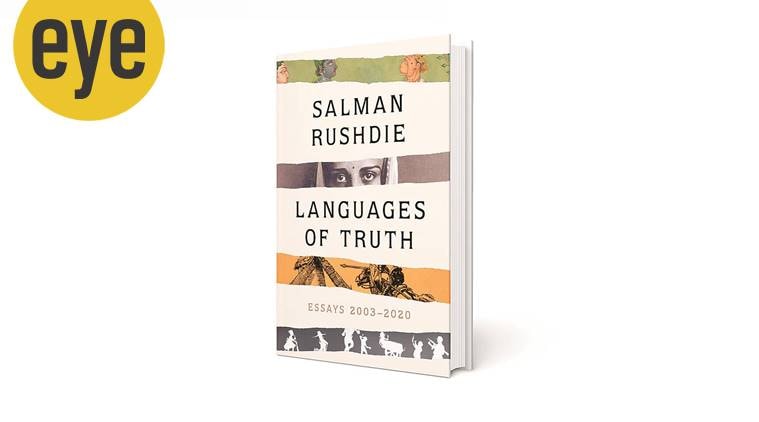 Languages of Truth: 2003-2020 By Salman Rushdie Penguin Random House 368 pages; Rs 999
Languages of Truth: 2003-2020 By Salman Rushdie Penguin Random House 368 pages; Rs 999
A new volume brings together writer Salman Rushdie’s essays, written between 2003 and 2020. Rushdie, 74, speaks on Cancel Culture, Midnight’s Children turning 40, and his first play:
Midnight’s Children turned 40 this year. If you were to write a sequel set in India today, what sort of a narrative would that be?
I’ve always thought that The Moor’s Last Sigh (1995) was as close to a sequel to Midnight’s Children as I would ever write — another family, another age of the country, a different Bombay/ Mumbai. I don’t think I’m likely to write another.
- The Indian Express website has been rated GREEN for its credibility and trustworthiness by Newsguard, a global service that rates news sources for their journalistic standards.

